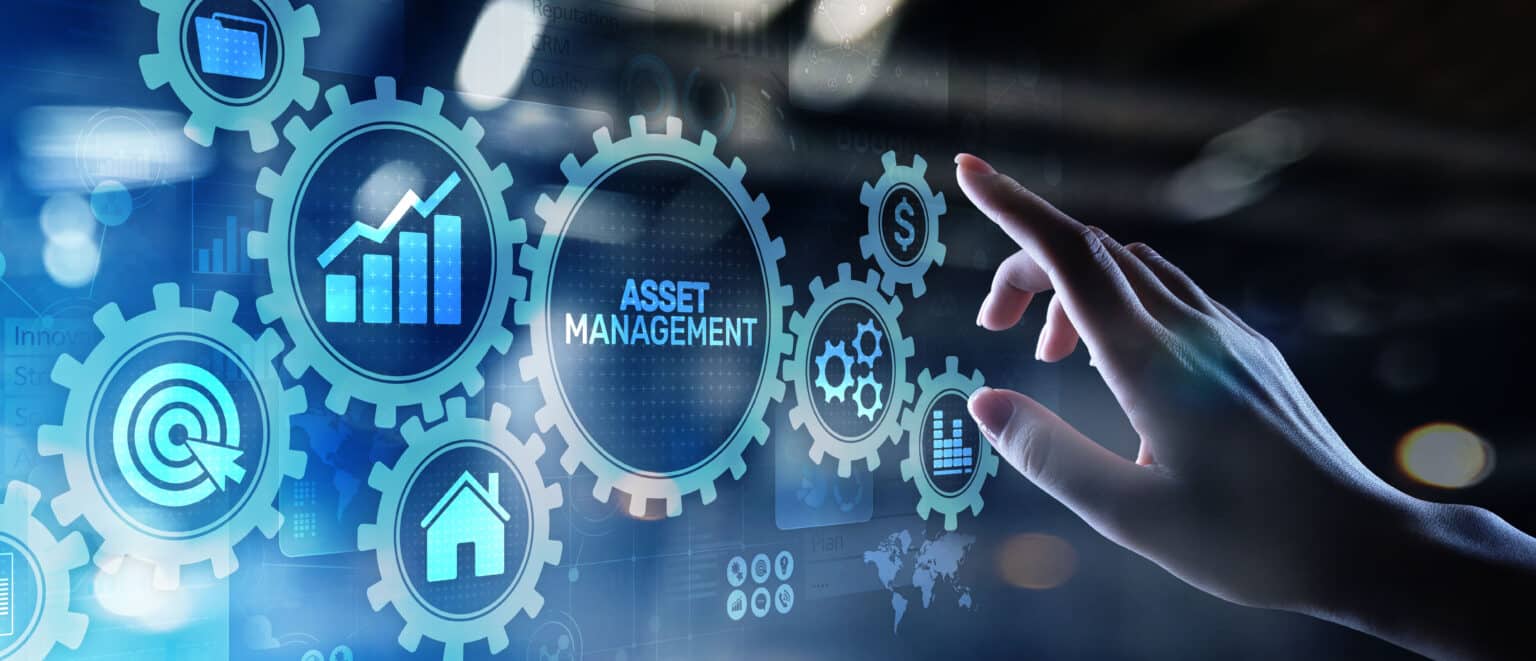The Essential Foundational Investment for any GMP Program is an EAM System. Before implementing other quality systems like a Quality Management System (QMS) or a Manufacturing Execution System (MES), your first principal priority is EAM. Here are 7 reasons why EAM is the backbone of GMP:
- EAM is the foundation of asset reliability and maintenance.
- An EAM system provides a robust framework for managing the maintenance and reliability of critical assets. In our industry, where equipment must operate consistently within specified parameters to ensure product quality and compliance, having an effective EAM system ensures that all assets are properly maintained, calibrated, and functioning correctly.
- This focus on asset reliability is essential for GMP compliance. Poorly maintained equipment can lead to product deviations, quality issues, and regulatory non-compliance.
- Regulatory compliance in non-negotiable.
- The FDA and other regulatory bodies require strict adherence to GMP, which includes detailed records of equipment maintenance, calibration, and performance. An EAM system helps manage these records systematically, providing the necessary documentation to demonstrate compliance during audits and inspections.
- By ensuring that all assets are in compliance with regulatory requirements from the start, the EAM system helps to prevent compliance issues that could arise if maintenance and asset management were handled less systematically.
- EAM integrates with other mission critical systems.
- An EAM system lays the groundwork for seamless integration with other quality systems such as QMS and MES. By having a reliable asset management system in place, data related to equipment performance, maintenance schedules, and calibration can be easily integrated into quality and manufacturing execution processes.
- This integration ensures that quality management and manufacturing execution are built upon accurate and reliable data from the start, enhancing the overall effectiveness of these systems.
- Risk management shouldn’t be risky.
- Properly managed assets reduce the risk of unexpected equipment failures that can lead to production downtime, product recalls, and safety incidents. An EAM system helps identify potential risks through preventive maintenance and predictive analytics, ensuring that risks are mitigated before they impact production.
- In our industry, where product quality directly affects patient safety, managing these risks is paramount.
- Cut cost from the get-go.
- Implementing an EAM system first can lead to significant cost savings by optimizing maintenance schedules, reducing unplanned downtime, and extending the lifespan of equipment. These cost savings can then be reinvested in further quality and manufacturing improvements.
- Efficient asset management also means that resources are used more effectively, contributing to overall operational efficiency.
- Maintain, track, and trace your data with confidence.
- An EAM system ensures high levels of data integrity and traceability, which are critical components of GMP. Accurate records of equipment usage, maintenance, and calibration activities are essential for tracing the history of any given batch of product, should an issue arise.
- This traceability is crucial for root cause analysis in the event of deviations or product recalls, ensuring that issues can be quickly identified and rectified.
- Align with the GMP continuous improvement principle.
- With an EAM system in place, manufacturers can continuously monitor and improve their asset management practices. The data collected can be used to identify trends, optimize maintenance strategies, and improve overall equipment effectiveness (OEE).
- Continuous improvement is a core principle of GMP, and having an EAM system facilitates ongoing enhancements to asset management practices.
Deploying your EAM system as the foundation of a GMP program ensures that the physical assets, which are critical to production and product quality, are effectively managed and maintained. You will create a solid base upon which other quality systems like QMS and MES can be built, leading to more comprehensive, integrated, and effective overall quality management.

